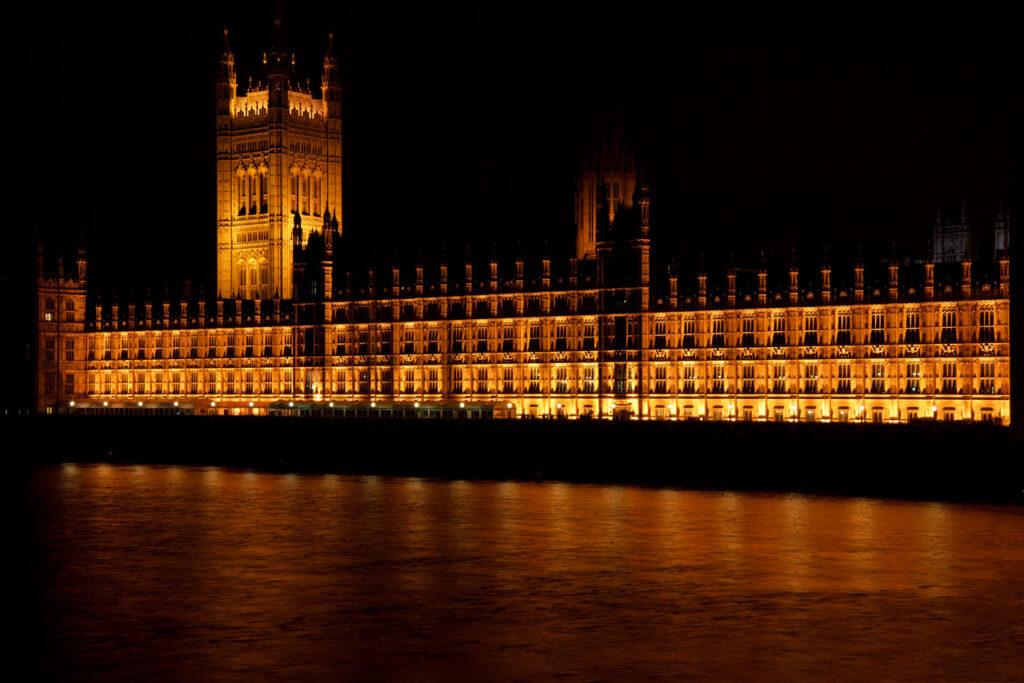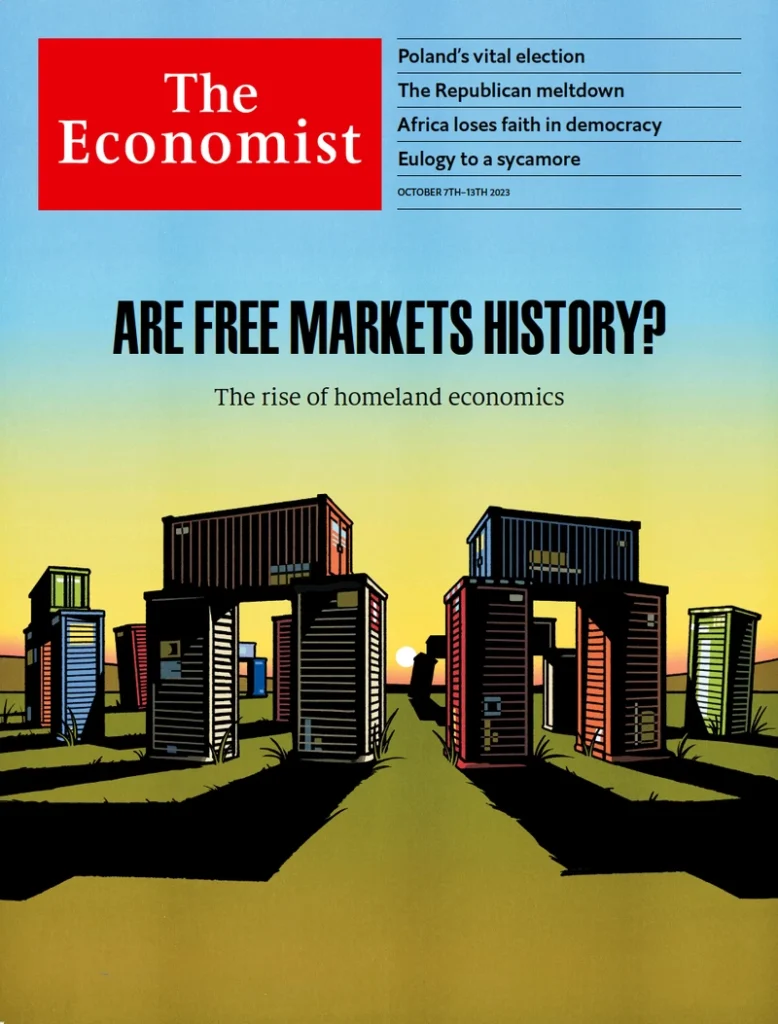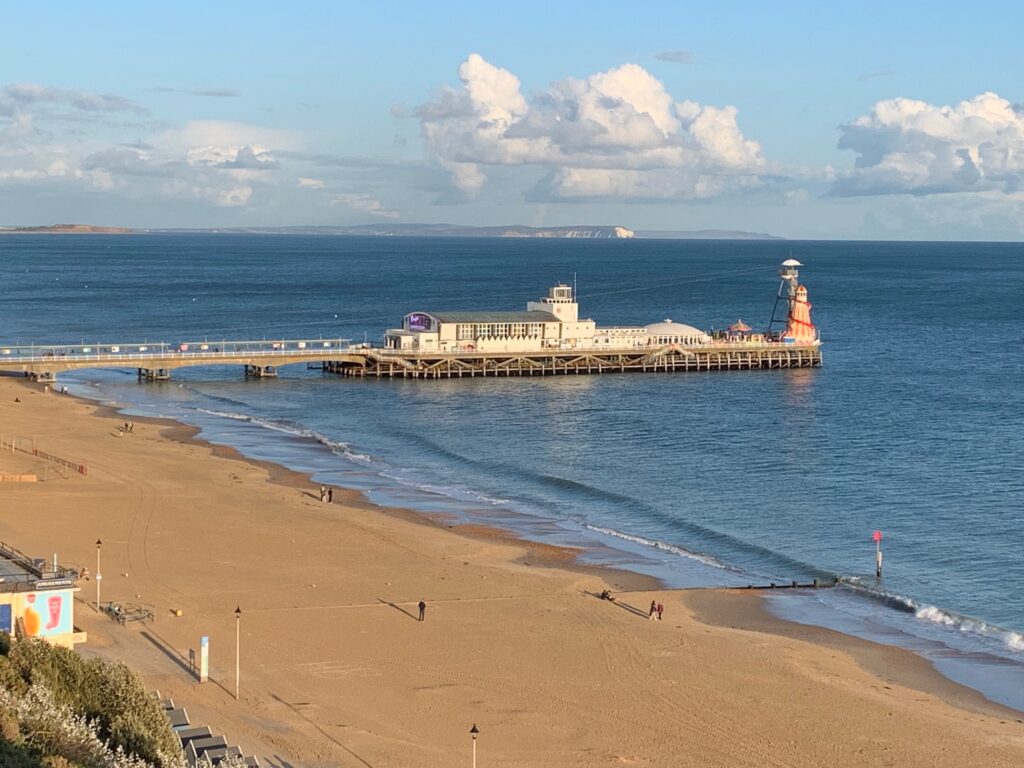
Recognition of Sir Keir Starmer’s achievement as Labour leader has been grudging. Even as Labour dominates the opinion polls with leads of over 10%, and local elections and by elections confirm it, the response has been “Yes, but…”. Any straw in the wind that might throw doubt on Labour’s dominance is leapt on and magnified. Labour’s victory in two by elections last week, in two ultra-safe Conservative seats, should end that, following as these do a spectacular victory over the SNP in Scotland in a another by election. The party can win almost anywhere it chooses to fight.
The three October by elections each throw a different light on the stranglehold Sir Keir now has on British politics. The first, in Rutherglen and Hamilton West, on the outskirts of Glasgow, shows that Labour is at last breaking the SNP stranglehold north of the border, which resulted in Labour winning just one seat in Scotland the 2019 general election. The constituency was marginal but the swing was huge. This follows the implosion of both the SNP and the Conservatives, which had been the second party in Scotland. This is important, as Labour failure here under both Ed Miliband and Jeremy Corbyn was a critical aspect of the failure of both of these leaders. This makes winning an overall majority in the country as a whole much easier, both directly and indirectly, as the prospect of the SNP holding the balance of power has been used to scare English voters into voting Conservative.
The second by election was in Tamworth, in the West Midlands. This seat shared characteristics with the “red wall” seats that used to be Labour, but which have been swinging to the Conservatives since 2010, and especially in 2019 – and which voted heavily for Brexit. In this case the Conservatives first won it in 2010 and improved their margin in each of the elections in 2015, 2017 and 2019 (even in 2017 when the national swing was against them). Labour’s success here is a sign that Labour is at last reversing this trend; even if it can’t back to 2010 in a general election, pre-2019 will bring in plenty of seats.
The third seat was Mid-Bedfordshire which is altogether more middle-class, and a classic, largely-rural safe Conservative seat that they have always held. What was particularly interesting this time was that the Liberal Democrats fancied their chances here, after their four spectacular by election victories this parliament, including two from third behind Labour, as in this seat. The argument was that many voters might contemplate voting Lib Dem but would never consider Labour. The Lib Dems put in a massive effort on the ground. But Labour’s success in the safe Tory seat of Selby suggested to them that they could win here, putting the Lib Dems in their place. And so it proved. Apart from the battle with the Tories, this was a trial of strength against the vaunted Lib Dem by election machine. Labour won.
Labour can’t win just by reinstating their red wall losses, even back to 2010, or recovering the seats lost in Scotland in 2015 – they lost in 2010 after all. But progress in Mid-Bedforshire and Selby show that they are making ground everywhere except, perhaps, in a few areas where the Lib Dems are already well-established, and London which they already dominate. By contrast their failure in Uxbridge, on the same day as Selby, and which the Conservatives and their supporting commentariat took to be a sign of hope, is an outlier. It is a London seat and London is the one area where the party had progressed since 2010.
All this brings to mind the build-up to the 1997 general election, and Mr Blair’s landslide victory for Labour, when Labour was similarly winning across a broad front. Then too, the Conservatives clutched at every available straw; they talked of creating “clear blue water” between themselves and Labour, much as they do now, without using those words. The Conservative prime minister was John Major, and his advisers kept saying that “the darkest hour is just before the dawn,” oblivious to actual cycle of light (the darkest hour is midnight). Meanwhile Labour shadowed Conservative fiscal plans in order to head off fears about extra taxes – and generally tempered its radicalism. I recently heard a claim that Labour promoted radical policies before 1997, and so should not fear doing so again. This is nonsense: any radicalism was confined to constitutional policies that were popular amongst key minorities, and few others cared much about. There were no promises on country-wide electoral reform or English devolution, and radical increases in spending on the NHS, for example, did not come until Labour’s next term.
But there are differences between now and 1996, and they are interesting. Then Mr Blair was putting most of his energy into winning over liberals. He had an unwritten pact with the Lib Dem leader Paddy Ashdown, but it was a scary time to be a Lib Dem – what was the point when Labour seemed so interested in liberal ideas – promoting education, Scottish devolution, freedom of information – and even some signs of flexibility on electoral reform? Sir Keir is not interested in any of this – except with the adoption of a green agenda, though he is hedging even on that. The Tories have alienated liberals so thoroughly that he doesn’t have to try to win them over. Instead, he is focusing on Brexit-supporting working class and lower middle-class voters, which Mr Blair did not completely neglect (his law-and-order policies were designed to appeal to them), but treated secondary. Sir Keir dead-bats the endless culture war provocations that the Tories throw at him and drives home his message on chaotic state of public services, important to this group. Sir Keir’s uncharismatic style seems calculated to reassure, compared to Mr Blair’s slippery charisma.
Of course, Labour’s strength largely reflects the Conservatives’ weakness. And yet there is little they can do to correct that. Their attempts to imitate the US Republicans with nativist and culturally conservative causes, and rowing back on green policies, seem to have little traction with their key audience, while alienating middle-class liberals, who have been a key part of their electoral coalition. Perhaps their best hope is to stoke up fears of tax rises under a Labour government. But the dire state of public services has probably reconciled most people to higher taxes, and the Conservatives have shredded their reputation for competent management. Even those who think the prime minister Rishi Sunak is competent, will not think the same of most of his colleagues, and will have noted how often the party ditches its leaders.
Big swings can happen in a short space of time. A notable case was in 2017 when Theresa May lost a commanding lead over Labour in weeks. But that was a snap election when neither side was prepared, and Mrs May compounded it by trying to capitalise on her lead by putting risky policies in the party manifesto. Most people expect the Conservatives to close the gap a little, leaving Labour with a small majority or just short. But a complete Tory meltdown is also on the cards, such is the party’s weak credibility and penchant for self-destruction.
There are legitimate questions over Sir Keir’s policies. His talk of making public services work better through reform, and not by radically increasing funding, is just not credible. Furthermore, the public finances are looking weak. High inflation means a tight monetary policy. The country still depends on funding from foreigners, and yet the funding environment is getting much more difficult. Promising to fill this gap by growing the economy lacks credibility too, given the headwinds of demography, the retreat on open trade, and the rise of low-productivity services.
But whatever the doubts, Sir Keir Starmer is offering a much more convincing alternative government to the Conservatives, and there seems to be nothing the latter can do about it.


